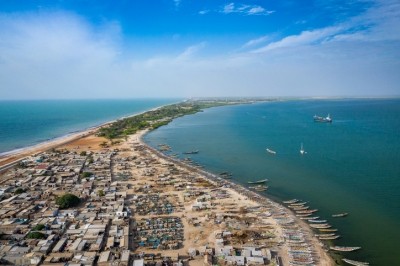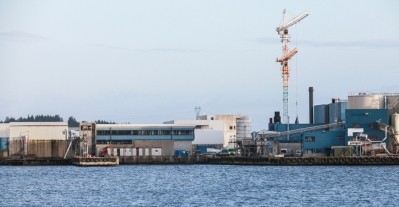IFFO: Global fishmeal production is stable

“European countries, the US and the African countries were the regions that reported a year-over-year increase thanks to the extraordinary large capelin quota and catch in Northern Europe, a rebound in the landings of menhaden in the Gulf of Mexico, and healthier catches in South Africa with respect to the same period in 2021,” said Dr Enrico Bachis, IFFO’s market research director.
Meanwhile, Peru's ministry of production has finally authorized the start of 2022's second season of anchovy fishing in the country's main north-central zone.
It has set the TAC at 2.28m metric tons. The quota is 11.5% higher than last year's second season quota of 2.047m metric tons.
“The quota indicates a healthy biomass, estimated at 6,826,839 metric tons. Once again, the positive effects of the responsible management of the largest reduction fishery in the world is confirmed,” said Bachis.
Some 20% of global fishmeal and fish oil supply hinges on raw material volumes produced in that country.
Chinese market
China’s marine ingredients production remains subdued, however, reported the IFFO.
After the difficult first half of the year, domestic production of marine ingredients seems to be struggling in the second half of 2022 as well, noted the organization.
Supply remained subdued through October as raw material from wild captures was reportedly below expectations. “The La Niña phenomenon affecting the distribution of the local biomass and the stricter environmental measures imposed by the Chinese authorities to protect the domestic fishery resources are often cited as the main causes for such disappointing performance. Nonetheless, cumulative imports of foreign fishmeal are slightly below last year’s levels, following the late start of the aquaculture main season back in May and the financial losses of the pig sector in the first part of the year.”
There was a notable decline in aqua feed production, with consumption severely affected by the new Covid-19 linked lockdowns.










